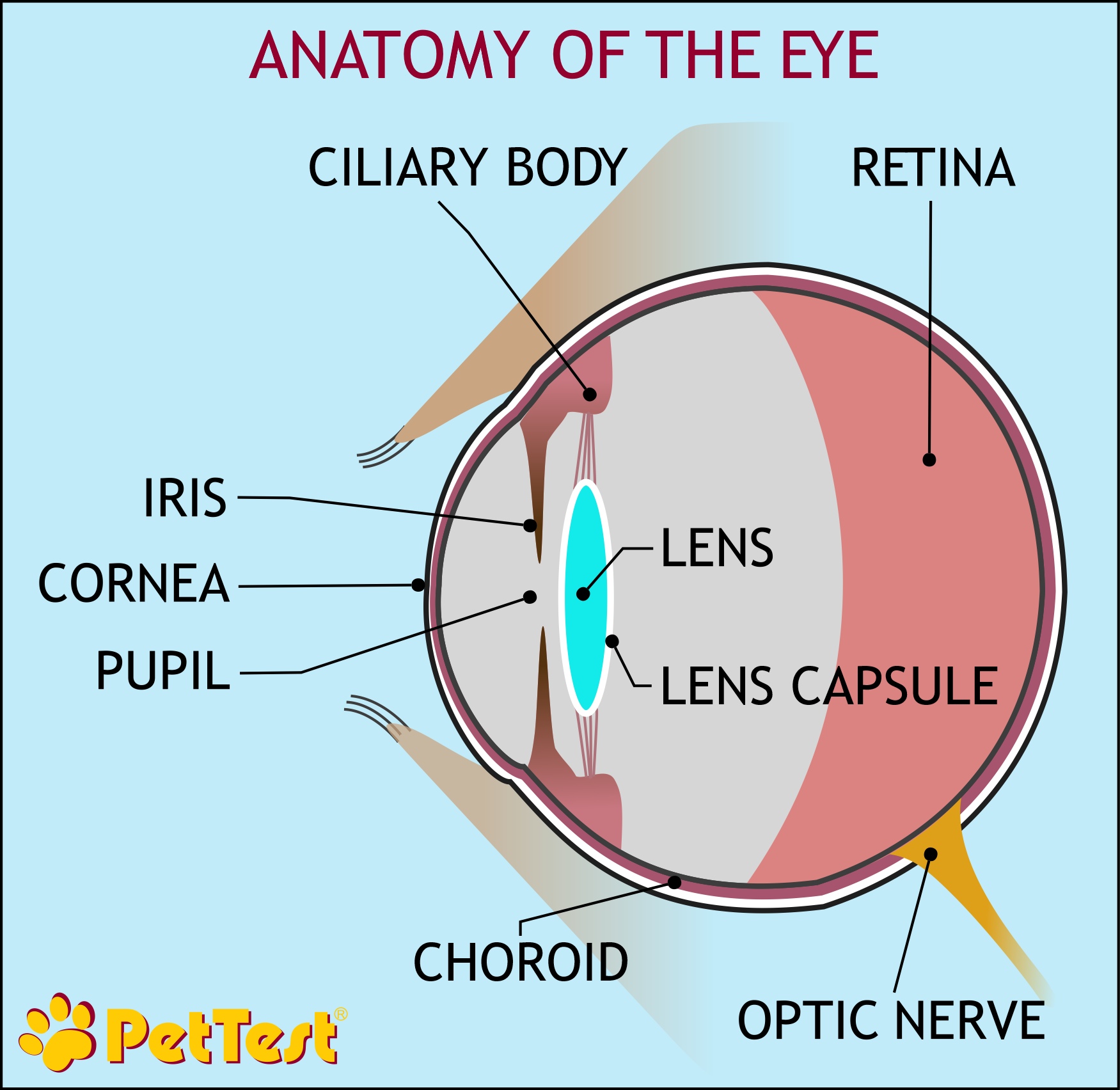Diabetic Dogs and Eye Health: The Basics
We are asked about eye health and diabetes often in our Diabetic Dog Owners Facebook group, it is a major concern that many people have when they learn that their dogs are diabetic. The statistics are that up to 80% of dogs with diabetes will get diabetic cataracts. That is a scary number!
When Lucy was diagnosed with diabetes and I learned that many diabetic dogs get diabetic cataracts, I laser focused on her eyes. As soon as I noticed discoloration we went to the vets, and diabetic cataracts were confirmed, but her overall eye health was good. Honestly, I was sad and watching her navigate more slowly made me feel like I was failing her. This lasted for approximately a week until her nose and ears kicked in. Lucy started running around with confidence and did not bump into anything. I quickly realized that I had been sad and hard on myself for no reason, Lucy was perfectly fine and just as happy as ever.
While there is no magic eye drop to dissolve cataracts, we can help with their overall eye health and possibly slow down the progression of diabetic cataracts.
Just like other organs, eyes are complex and amazing, they have their own little eco system. The lens of the eyes has enzymes in them, these enzymes convert glucose into sorbitol. Sorbitol affects proteins and cells in the eyes, causing diabetic cataracts.

How can we slow this process down? If we can get our dogs blood glucose into target range of 100 - 250 mg/dL (5.5 – 13.8 mmol/L) we can help with overall eye health. Lower glucose levels mean less glucose being converted into sorbitol.
Keeping your dog in target range does not mean that your dog will not get cataracts, but it can slow the progression down. Lucy was diagnosed with diabetic cataracts in January 2016 but did not completely lose her sight until early 2020. I attribute that to her blood glucose being in target range.
There are eye supplements that you can give your dog as well. Two supplements that we suggest often are OcuGlo and Dr. Mercola’s Eye Support for Pets. These supplements are full of antioxidants that are good for the eyes. OcuGlo comes in pill form and in a powder form. Dr. Mercola’s Eye Support for Pets comes in powder form only. If your pup does not like pills I suggest purchasing the powder, the liquid inside the OcuGlo pills is very bitter and bright orange, so it is not recommended to break the pills open.
Vet ophthalmologists (VO) appointments are recommended since they specialize in eyes. Your regular vet should be able to recommend a vet ophthalmologist. If your dog has cataracts and you want your pup to have cataract surgery, a VO will tell you if your dog is a good candidate and will also perform the surgery. Dogs with diabetic cataracts do benefit from NSAID eye drops to control inflammation and help prevent uveitis and glaucoma.
Other problems that we commonly see besides diabetic cataracts are glaucoma, dry eye and uveitis.
Diabetic cataracts – clouding of the lens due to protein build up on the lens. Surgery to remove cataracts is possible in some dogs.
Glaucoma – fluid pressure in the eye builds up and causes pain, can cause optic nerve damage, blindness. Glaucoma requires medications to reduce pressure in the eye. Sometimes eye removal is necessary.
Dry eye – tears do not provide adequate lubrication and nourishment for the eyes. Dry, red, itchy eyes are symptoms of dry eye. Moisturizing eye drops are typically prescribed for this condition.
Uveitis – Inflammation of the uveal tract (iris, ciliary body and choroid). Eye drops are given along with antibiotics or antiviral medication.
I was lucky and even though Lucy did have diabetic cataracts, she never had any other eye problems. We chose not to put her through cataract surgery due to her age and she did very well…her nose and ears kicked in and she continued to chase squirrels!

I hope this blog has been informative! If you have questions or comments please start a conversation below. Be sure to come back next week for part 2 of Diabetic Dogs and Eye Health: Cataract Surgery.
If you are looking for a Facebook community to join for support, I have been an admin in Diabetic Dog Owners for over four years. You can also join Canine Diabetes Support and Information on Facebook as well.
For more conversations, photos, and giveaways check out PetTest on Facebook and Instagram.
Links to products for testing blood glucose levels:
PetTest 21 Gauge Twist Top Lancets: https://shoppettest.com/pettest-twist-top-lancets/
PetTest 21 Gauge Safety Lancets: https://shoppettest.com/pettest-safety-lancets/
Red-Dot Lancing Device: https://shoppettest.com/red-dot-lancing-device/
PetTest Genteel Painless Lancing Device: https://shoppettest.com/genteel-lancing-device/
PetTest Painless Glucose Monitoring System (PetTest Meter Kit and PetTest Genteel): https://shoppettest.com/pettest-meter-kit-with-genteel/

